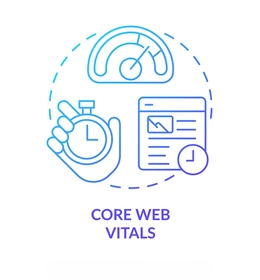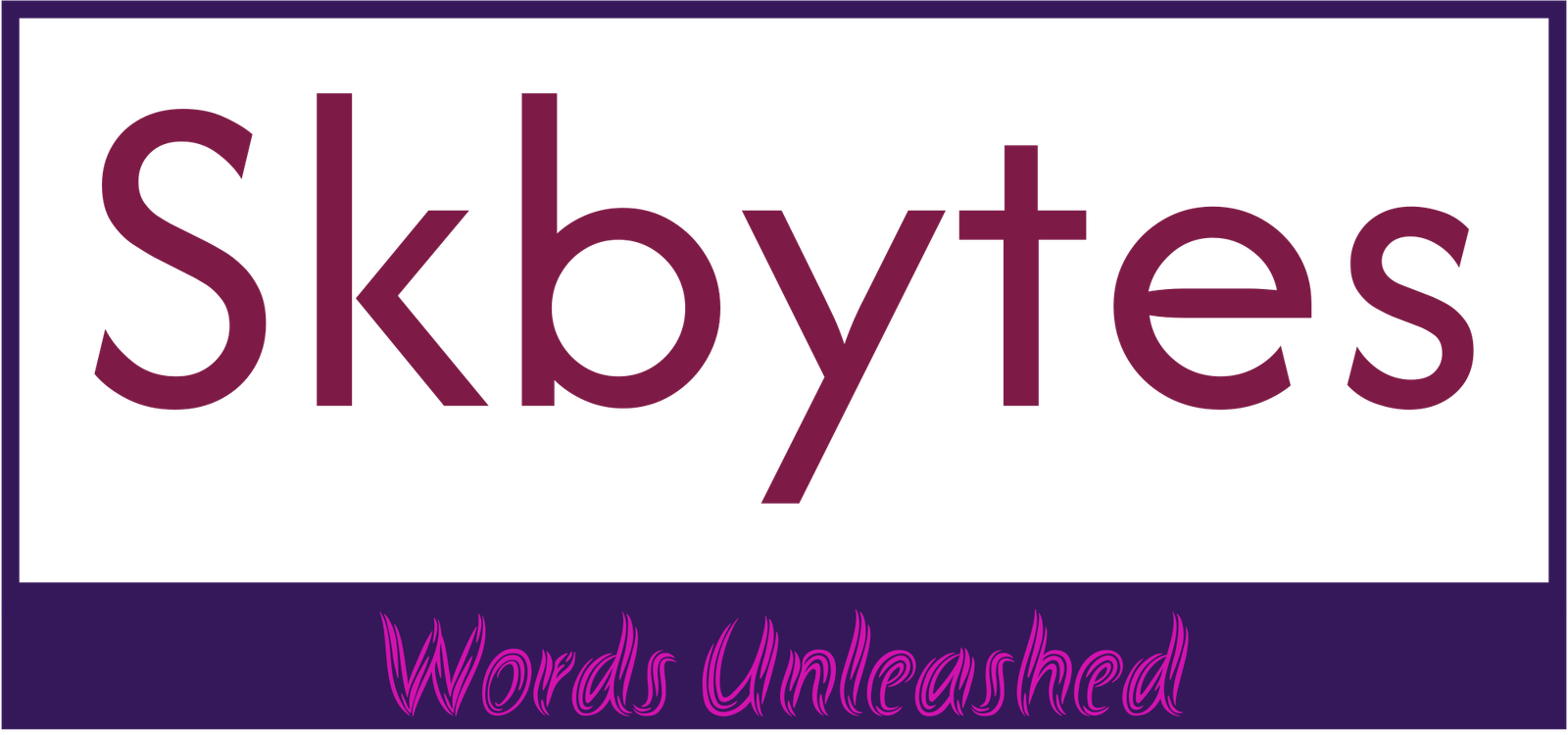Staying updated with Google’s latest changes is crucial for anyone involved in digital marketing, website development, or SEO. Google’s frequent updates can significantly impact how websites are ranked and displayed in search results. Here’s an overview of the most recent updates and what they mean for you.
Core Web Vitals: Enhancing User Experience

Google’s Core Web Vitals update is a significant change that focuses on improving user experience by measuring specific page performance metrics. These metrics include Largest Contentful Paint (LCP), Cumulative Layout Shift (CLS), and First Input Delay (FID). The update is intended to help website owners better understand how users interact with their sites and make improvements to enhance the user experience.
- Largest Contentful Paint (LCP): Google’s Core Web Vitals update is a significant change that affects how Google evaluates a website’s performance. One of the most important metrics is the Largest Contentful Paint (LCP), which measures how long it takes for the largest content element in the viewport to become visible. Google recommends aiming for an LCP of 2.5 seconds or faster. Achieving this goal will improve your website’s Core Web Vitals score and user experience.
- First Input Delay (FID): First Input Delay (FID) is a metric that assesses how interactive a web page is. FID measures the time from when a user first interacts with a page (for example, by clicking a link or tapping on an element) to the time when the browser responds to that interaction. A good FID score is less than 100 milliseconds, which means that the page is perceived as being very responsive..
- Cumulative Layout Shift (CLS): Cumulative Layout Shift (CLS) is a metric that measures the visual stability of a web page. It does this by measuring the amount of layout shift that occurs on a page. The goal is to strive for a CLS score of less than 0.1. A CLS score of 0.1 means that the page is visually stable, which is good for user experience.
Action Steps: Optimize your website for faster loading times, reduce input delays, and ensure visual stability to enhance user experience and improve your rankings.
Passage Indexing: Detailed Content Matters
Passage indexing is a new feature in Google Search that allows Google to index and rank specific passages within a page, rather than considering the entire page’s content. This helps surface relevant content from within long-form articles, which can be a significant benefit for content creators. It allows them to include more detailed information in their articles, and it also helps users find the information they’re looking for more easily.
Action Steps: Structure your content with clear headings and subheadings. Ensure each section can stand alone and provides value, as this increases the chances of passages being highlighted in search results.
Mobile-First Indexing: Prioritizing Mobile Usability
Google has fully transitioned to a mobile-first indexing strategy. This means that Google now primarily uses the mobile version of a site for indexing and ranking. As a result, it is more important than ever to make sure that your website is mobile-friendly.
Action Steps: Ensure your website is mobile-friendly. Use responsive design, optimize images, and streamline navigation for mobile users. Test your site’s mobile performance using tools like Google’s Mobile-Friendly Test.
BERT Algorithm: Improved Understanding of Search Queries
The BERT (Bidirectional Encoder Representations from Transformers) update enhances Google’s ability to understand the context and intent behind search queries, leading to more relevant results.
Action Steps: Focus on creating natural, conversational content that directly addresses user queries. Avoid keyword stuffing and ensure your content is clear and contextually relevant.
Page Experience Update: Comprehensive UX Focus
The Page Experience update goes beyond Core Web Vitals to include additional user experience factors such as mobile-friendliness, safe browsing, HTTPS security, and no intrusive interstitials.
Action Steps: Conduct a thorough audit to ensure your website meets all aspects of the Page Experience update. Prioritize security with HTTPS, minimize intrusive pop-ups, and enhance overall usability.
E-A-T and YMYL: Emphasizing Trust and Authority
Google continues to emphasize the importance of Expertise, Authoritativeness, and Trustworthiness (E-A-T), especially for YMYL (Your Money or Your Life) content that affects users’ well-being.
Action Steps: Create high-quality, accurate, and trustworthy content. Collaborate with experts, cite reliable sources, and maintain transparency to boost your E-A-T scores.
7. Structured Data: Boosting Search Visibility
Structured data, or schema markup, helps Google understand your content better and can lead to rich snippets in search results, improving visibility and click-through rates.
Action Steps: Implement relevant schema markup for your content types, such as FAQs, reviews, and products. Use Google’s Structured Data Testing Tool to ensure correct implementation.
Conclusion
Google’s latest updates are crucial for maintaining and improving your website’s search performance. Here’s an overview of the most recent updates and what they mean for you.




